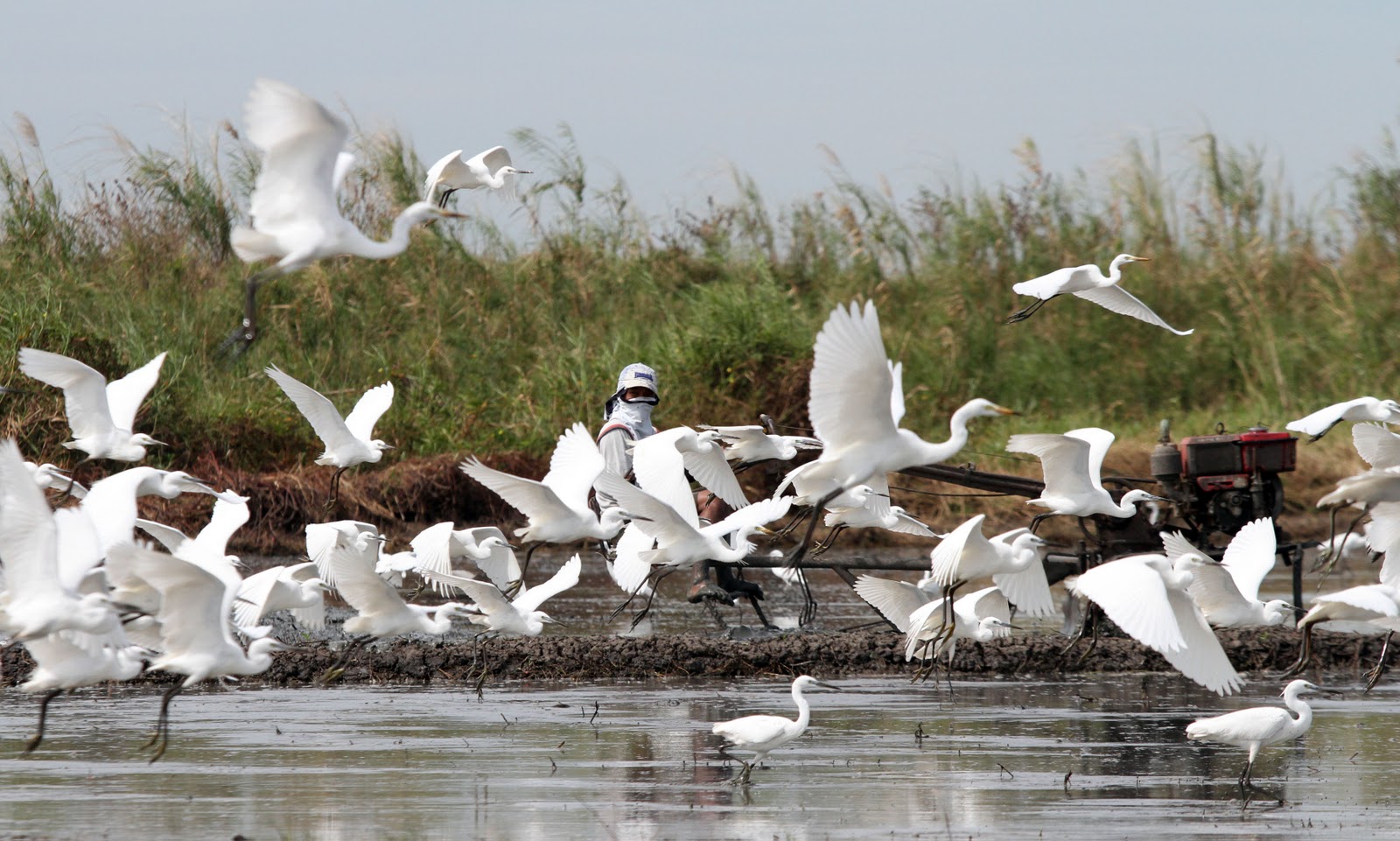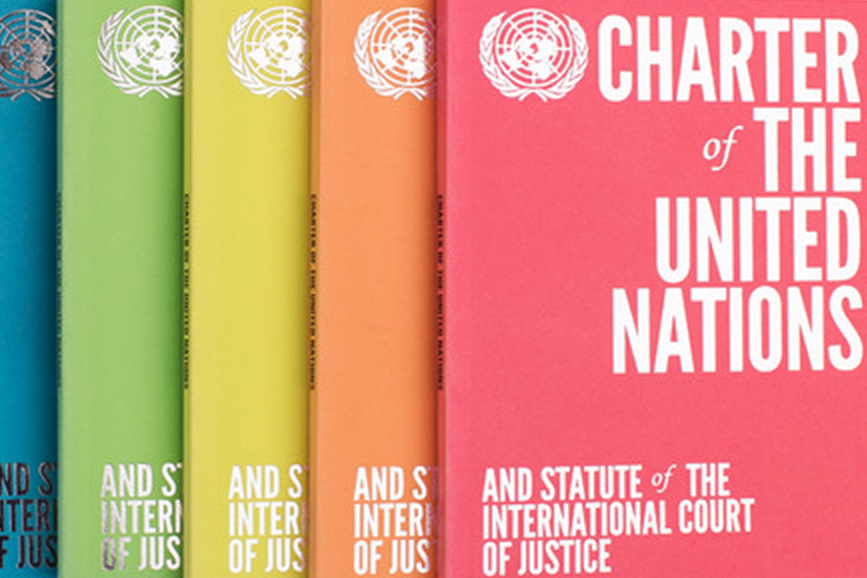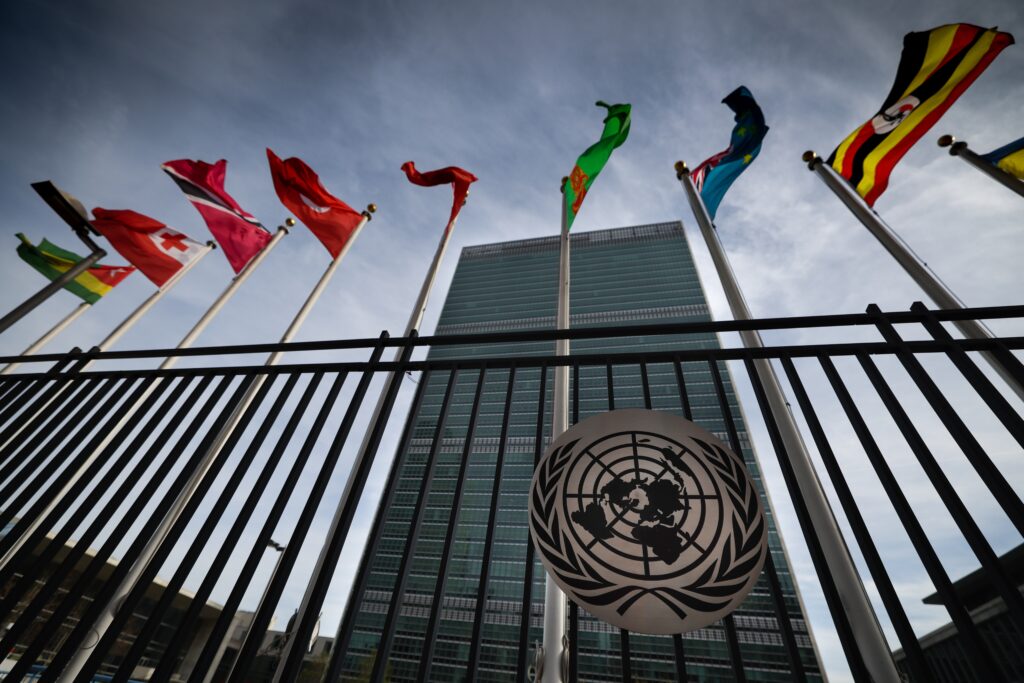In February 2024, the first-ever State of the World’s Migratory Species report was published through the UN’s biodiversity treaty known as the Convention on the Conservation of Migratory Species. The report focuses on nearly 1,200 animal species which are listed under CMS for international protection.
Some of the other alarming insights of the report include:
- Nearly half of these migratory species are experiencing population decline.
- More than one-in-five migratory species are threatened with extinction.
- 97% of the migratory fish listed are threatened with extinction.
To learn more about how the UN’s findings are shaping a global response, BWC president Peter Yeo spoke with Amy Fraenkel, Executive Secretary of the Convention.
Watch their conversation now, or keep reading below for a few highlights from the discussion.
Excerpts have been edited for print.
Yeo: Why was it important to produce the State of the World’s Migratory Species report?
Fraenkel: Migratory animals can’t survive if they don’t move. They cross borders – national borders. That’s the basic idea behind the treaty. To conserve these animals, one country cannot do it alone. You have to have cooperation.
I realized when I came to CMS as Executive Secretary that no one had ever done a study looking at how migratory species were doing. Are they improving in terms of survival and increased wellbeing? Are they getting worse and why? This is the first time we’ve ever looked at all migratory species – those we protect under CMS and also an additional 3,000 globally. Some of the findings show that we have a lot to do ahead of us.
“When species cross national borders, their survival depends on the efforts of all countries. This landmark report will help underpin much-needed policy actions to ensure that migratory species continue to thrive around the world.”
Amy Fraenkel
Yeo: What are some of your important findings from the report?
Fraenkel: Things aren’t as good as they should be. Not quite half of the species on our treaty are declining at rates worse than than we thought. Only 14 species in the report show really clear, strong improvement. Another 30% are stable, and 44% are going in the wrong direction.
Yeo: Can you give us a sense about the types of recommendations and actions you’re looking for?
Fraenkel: There are two broad conclusions we make. The first is that CMS parties – governments who signed this agreement – have to take the actions they agreed to. Because the fact is that there’s currently not 100% compliance with the treaty’s provisions. So clearly there needs to be more enforcement, and for us to understand why enforcement isn’t happening. Is it economics? Is it food issues? Is it just not understanding? So there’s a lot of deeper analysis that we now want to do to try to bring solutions.
The second broad category of conclusions gets to global environment change. If you look at issues facing migratory species, many of those factors are the same driving biodiversity loss in general, like climate change that’s destroying habitats. The ecosystems that they rely on are no longer healthy and well functioning.
“Things aren’t as good as they should be. Not quite half of the species on our treaty are declining at rates worse than than we thought. Only 14 species show really clear, strong improvement. Another 30% are stable, and 44% are going in the wrong direction.”
Amy Fraenkel
Another key finding of the report is that a major cause for the decline of many migratory species is overexploitation. That gets at two different issues: one is intentional taking, which can be illegal (poaching elephants for their tusks is pretty well known example), but legal hunting at unsustainable levels is also a problem. On the other hand, unintentional taking is a concern. A great example of that is bycatch in fisheries. People may not target certain species for fishing, but they can get captured in fishing nets and and taken in numbers that are putting them in trouble.
Yeo: What’s the reaction been to to the report so far?
Fraenkel: I was surprised to see how widely this got picked up in media around the world. Well over 100 countries have written articles on the report in over 40 different languages. I really think the reason is that there’s been so much discussion of environmental issues, but this is something that people are touched by personally. People know about elephants even if they’ve never seen them. Iconic birds, whales, turtles – these are some of the most amazing species in the world. And to find out how they’re doing for the first time woke a lot of people up.
Yeo: Your report shows that there’s a way to bring the world together in a thoughtful manner, not only to figure out what’s going on, but to make serious recommendations about what to do about it. It’s exciting to see. That’s what the UN does.




